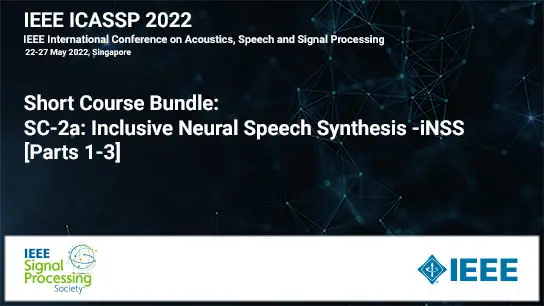Out-Of-Distribution Detection In Dermatology Using Input Perturbation And Subset Scanning
Hannah H Kim, Girmaw Abebe Tadesse, Celia Cintas, Skyler D Speakman, Kush R Varshney
-
Members: FreeSPS
IEEE Members: $11.00
Non-members: $15.00Length: 00:04:06
28 Mar 2022
Recent advances in deep learning have led to breakthroughs in the development of automated skin disease classification. As we observe an increasing interest in these models in the dermatology space, it is crucial to address aspects such as the robustness towards input data distribution shifts. Current models tend to make incorrect inferences for test samples from different hardware devices and clinical settings or unknown disease samples, which are out-of-distribution (OOD) from the training samples. To this end, we propose a simple yet effective approach that detects these OOD samples prior to making any decision. The detection is performed via scanning in the latent space representation (e.g., activations of the inner layers of any pre-trained skin disease classifier). The input samples are also perturbed to maximise divergence of OOD samples. We validate our OOD detection approach in two use cases: 1) identify samples collected from different protocols, and 2) detect samples from unknown disease classes. Our experiments yield competitive performance across multiple datasets for both use cases. Furthermore, data-driven dermatology applications may deepen the disparity in clinical care across racial groups since most datasets are reported to suffer from bias in skin tone distribution. Therefore, we also evaluate the fairness of these OOD detects across different skin tones.



